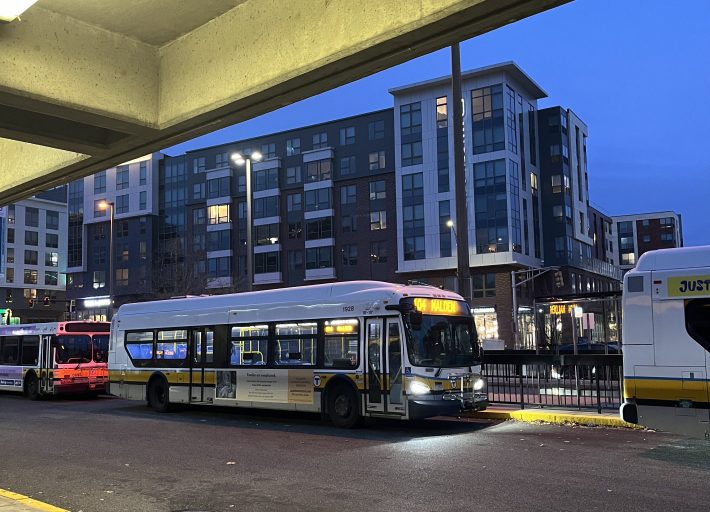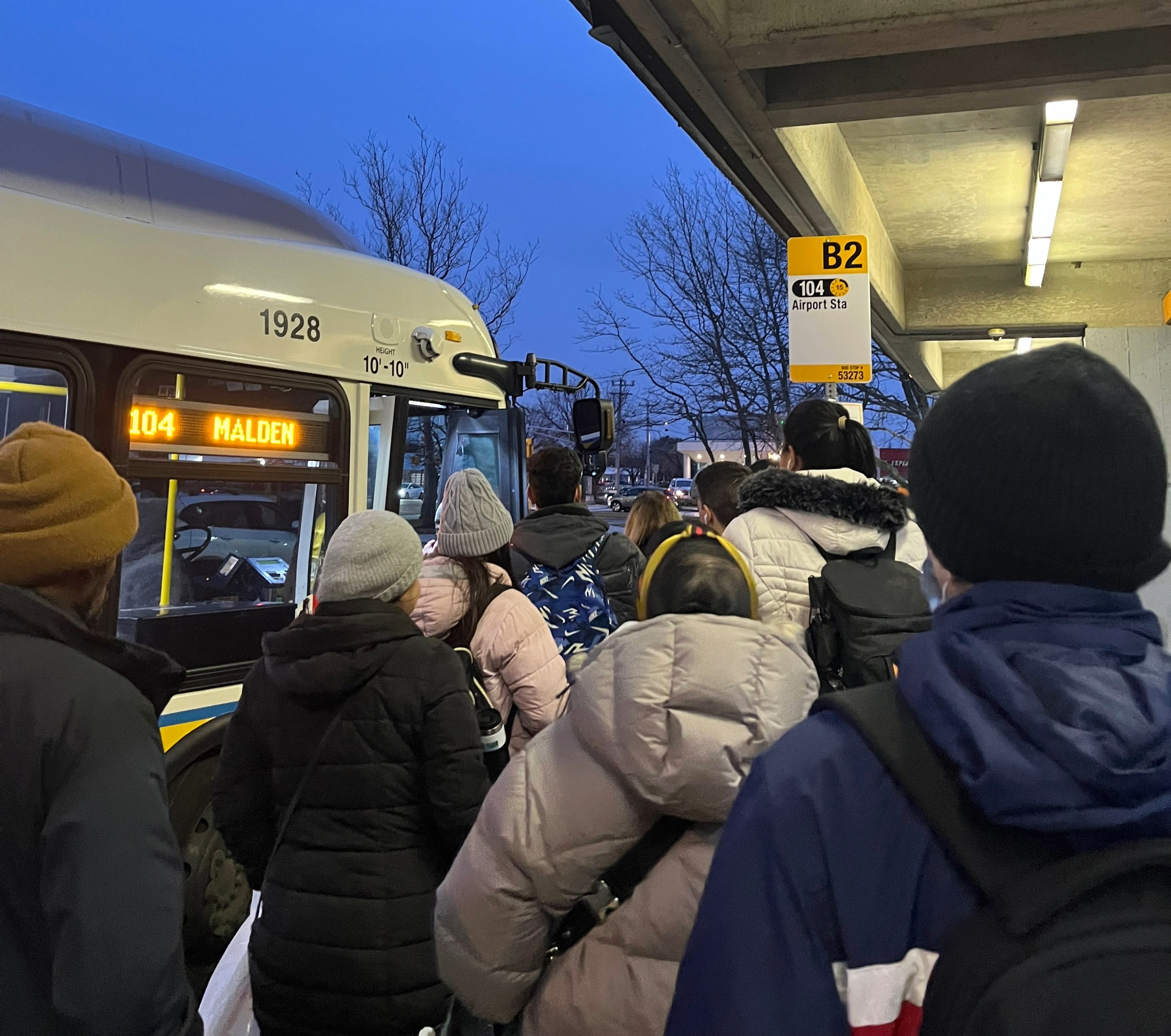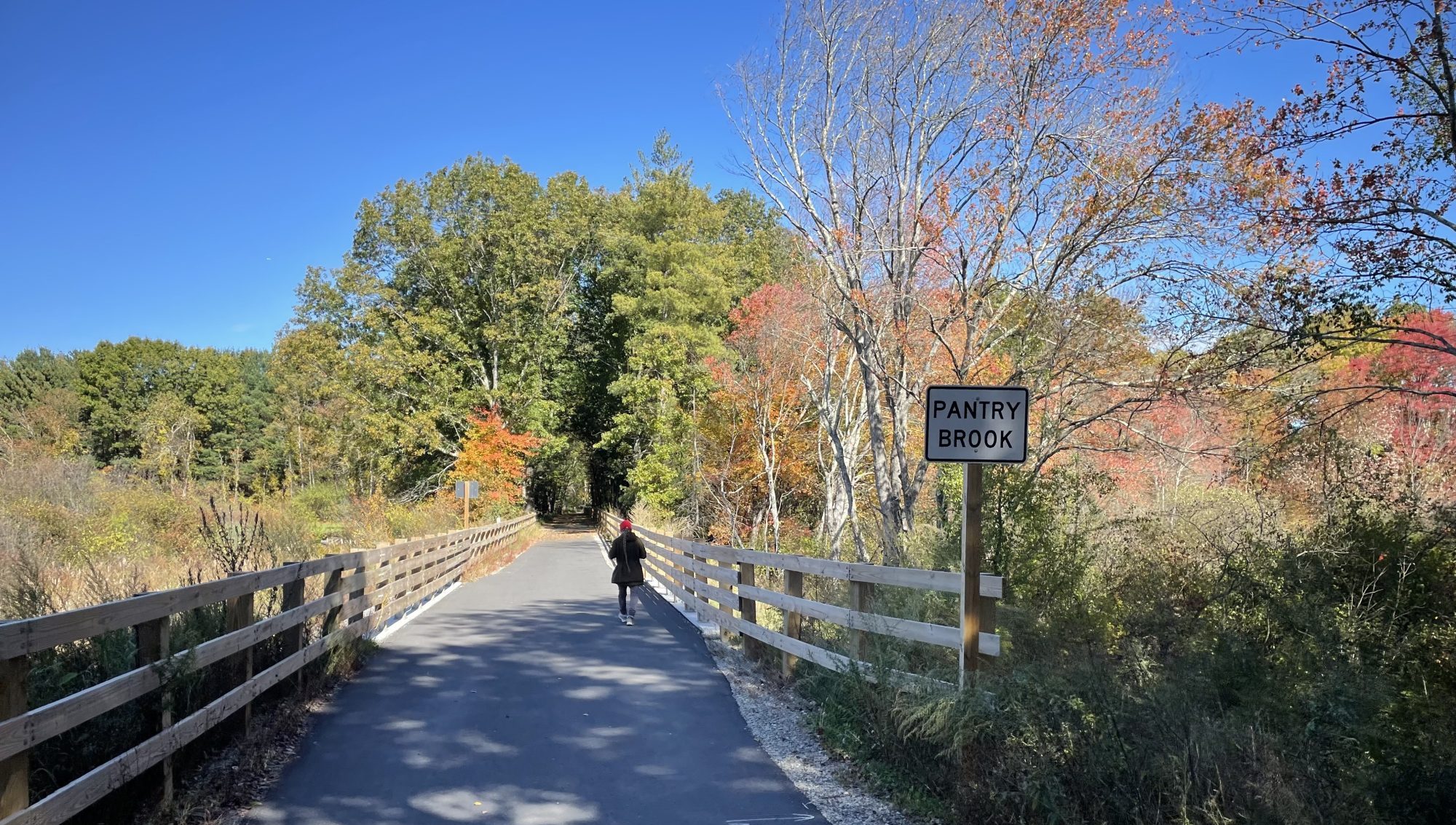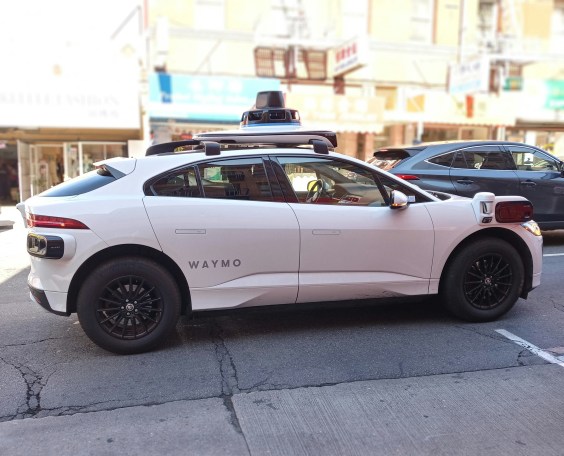
Phase 1 of the MBTA’s Bus Network Redesign launched on Sunday with improved bus service on four routes in Chelsea, Everett, Revere, Malden, Somerville, Cambridge, and East Boston.
The goals of the bus network redesign include putting equity first by prioritizing the needs of riders who depend on bus service, offering more frequent service in busy neighborhoods, providing more all-day service, creating connections to new places, making the network simpler and easier to use, and improving service reliability and accessibility by implementing transit priority infrastructure.
One of the new routes that launched as part of Phase 1 on Sunday is the 104, which had previously run from Malden to Sullivan Square.
As of this week, the 104 is now part of the Frequent Bus network, running every 15 minutes or less, with a new 15 minute symbol on every bus stop sign along its route and some new bus lanes through Everett and Chelsea.
The equity considerations on this line are profound – within a 1 mile radius (or roughly a 20-minute walk) of each stop along the route, the 104 bus reaches about 188,500 people, 16 percent of whom are classified to be in poverty, and 64 percent of whom identify as non-white or are of Hispanic/Latinx origin.
On Monday, I took a ride on the new 104 to get a sense of how well it’s serving riders.
About 20 to 25 people got on the bus at Malden Station, with signage about the route change clearly visible and translated in multiple languages.
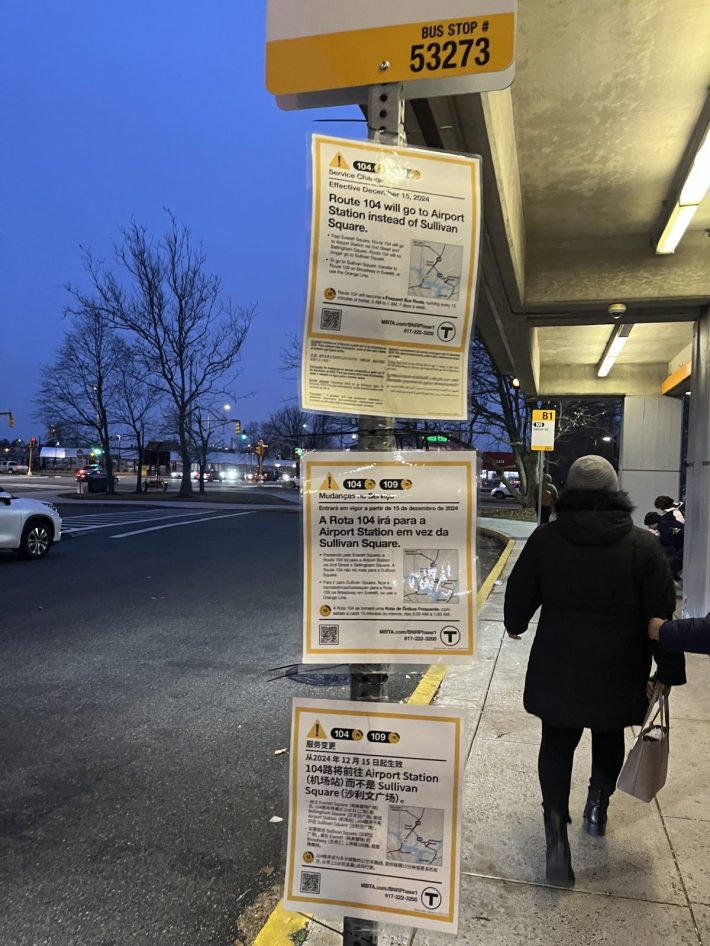
Before I knew it, we were off, and one to two additional riders got on along the way. The bus intercom intermittently announced the route change, saying, "This route now goes through Chelsea to Airport. Learn more at mbta.com/104."
The bus used to continue down Broadway in Everett towards Sullivan Square, but now turns southeast near Everett Square to head towards Chelsea.
Where the old and new routes diverge is where I started to see the most change. The crowds thinned out around Ferry Street until the bus was about 65 percent full. Not long after, the ridership shrank to about half of the original group at boarding, and the bus did get caught in Ferry Street traffic.
By the time we started on the new route going through Chelsea’s 2nd Street, only 8 of us were still on the bus. Around East Boston, there were only 4 riders left, and by the time we got to the Airport stop it was just me and one other woman.
Personally, as someone who tends to rideshare to the airport and take the Back Bay Express to the Orange Line (with a Tasty Burger pit stop, of course) from the airport, this new route is stellar. I opt for rideshare options over taking the train or Logan Express into the airport due to how out-of-the-way Back Bay is coming from Malden, making for a lengthy commute that cannot always accommodate a workday schedule and time to get to the airport.
Route 104 takes a similar route that many of my Ubers and Lyfts do, through Everett and Chelsea, and while some time is added from traffic, stops along the route, and not taking the highway, to know that there is a direct line to the airport at a serious fraction of the cost ($1.70, with no threat of surge pricing) will change the way that I travel moving forward.
What comes next?
The MBTA will continue to make other bus service changes over the next five years. Phases 2, 3, 4, and 5 will be “packaged as sets of related route changes” informed by the project goals, interdependent bus schedules, and infrastructure changes like bus lanes.
This all falls under the Better Bus Project, a collaborative effort between the MBTA, MassDOT, and Massachusetts municipalities. To put a modern and sustainable system in place, the Better Bus Project will update bus routes and bus stops, increase service, improve transfer connections, redesign key streets, electrify buses, and upgrade maintenance facilities.
To stay informed on updates or to get involved, sign up for the Better Bus newsletter. You can also contact project staff at betterbusproject@mbta.com.
